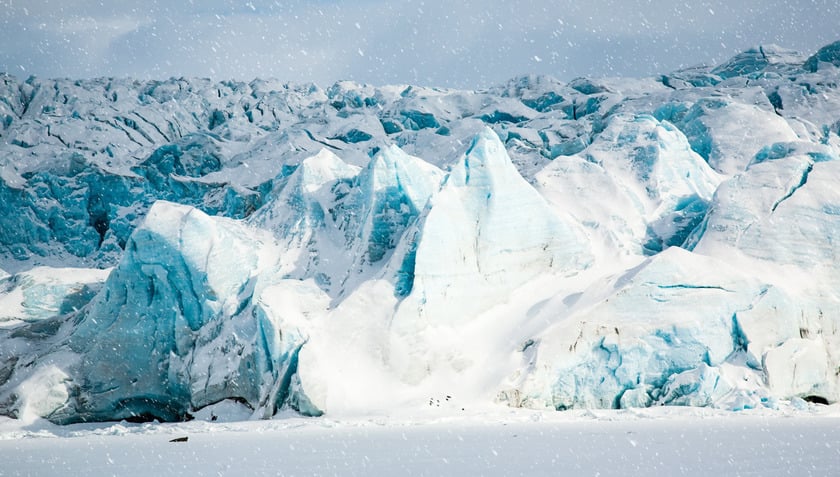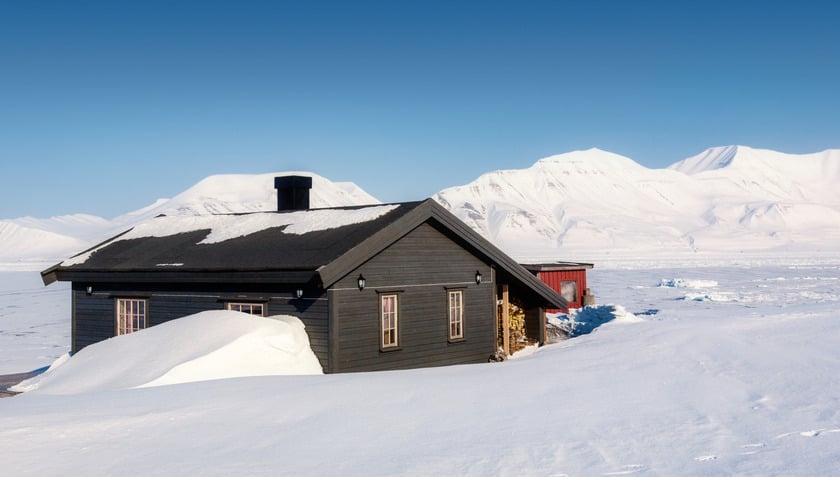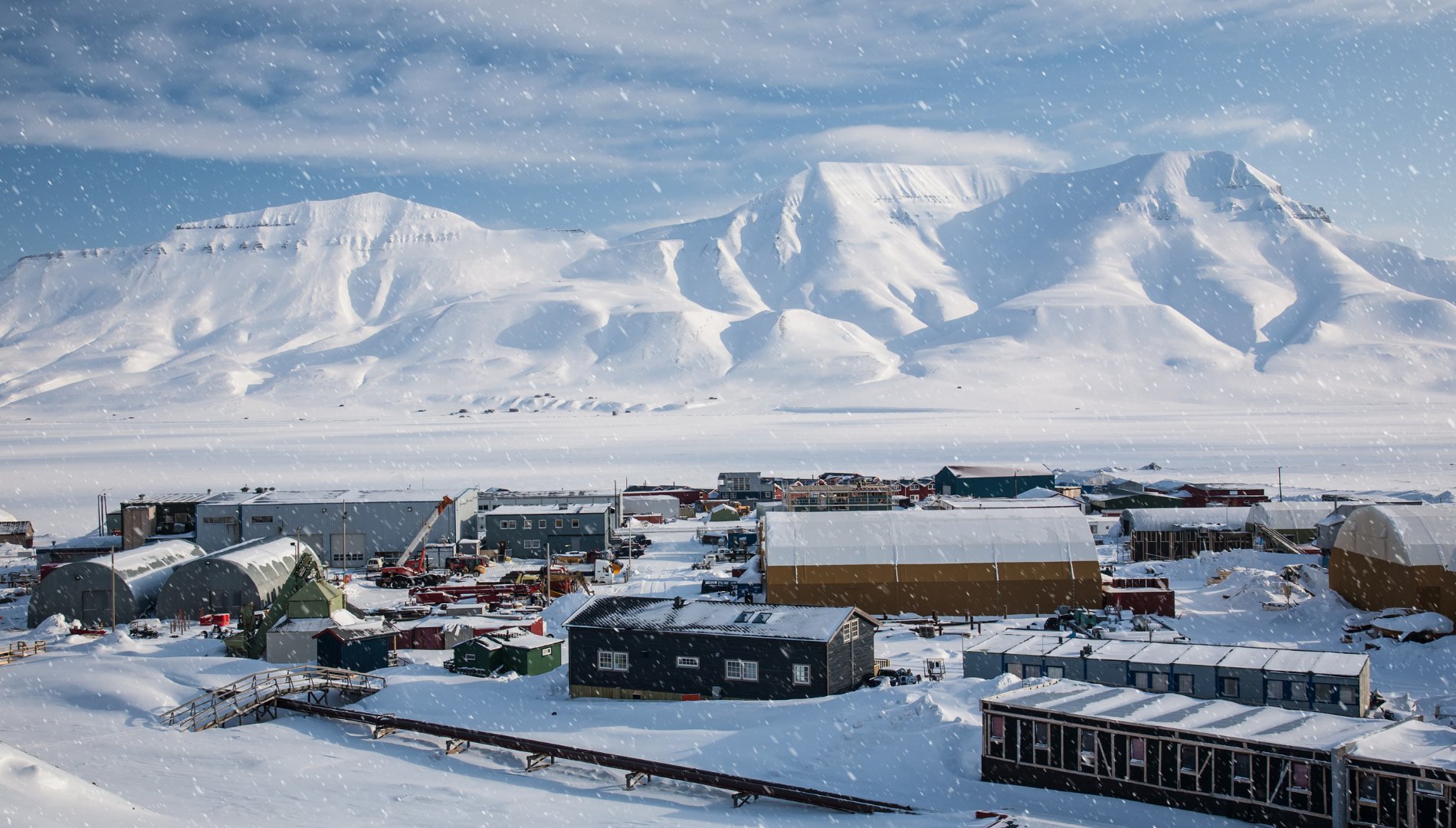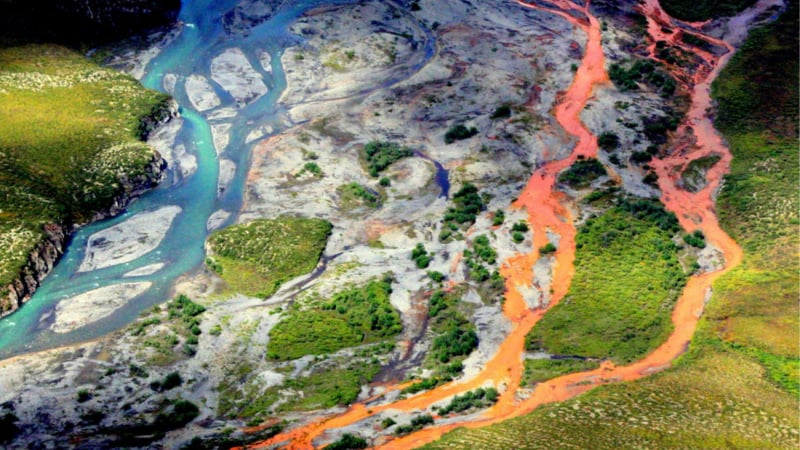The icy land, once considered the most remote and inhospitable on Earth, is no longer a strange concept in the world tourism industry. In recent years, the demand to explore the "end of the Earth" has skyrocketed dramatically, especially after the COVID-19 pandemic, as global travelers increasingly crave unique, isolated experiences and closer contact with wild nature. This shift is opening up unprecedented opportunities, but at the same time, it also poses urgent environmental challenges.
The Arctic's appeal is clearly demonstrated by statistics. According to the Arctic Cruise Association (AECO), the number of tourists to this region has tripled in just a decade. In the summer of 2024, more than 30,000 tourists set foot on Norway's Svalbard archipelago - one of the important gateways to the Arctic. Not just normal trips, many luxury cruise tours, typically Le Commandant Charcot (France), have been fully booked for many months in advance, with "huge" prices up to 30,000 USD/person for a 10-day journey. This shows that a segment of high-end tourists are willing to pay to experience the beauty and uniqueness of the Arctic.

The Arctic - once considered a desolate, icy land - is becoming a popular tourist destination.
On social media platforms, images of the Arctic have created a strong wave of spread. Rare moments such as a polar bear crossing an iceberg, red sunset streaks on pure white snow or aurora dancing enchantingly in the night sky have attracted millions of likes and shares. Hashtags such as #ArcticTravel, #PolarCruise or #FrozenWonders quickly became trends, bringing the majestic beauty of the Arctic closer to the global public.

In recent years, the demand to explore "the ends of the Earth" has increased sharply, especially after the COVID-19 pandemic.
In the past, the Arctic was mainly a destination for scientists, journalists, or highly trained explorers willing to face the harsh conditions. However, with the rapid development of technology and tourism infrastructure, "polar trips" have become more accessible and comfortable than ever.
Modern icebreakers are not only equipped with powerful engines but also have luxurious amenities such as luxury rooms, 5-star restaurants and gyms, allowing visitors to enjoy the comfort of a hotel in the middle of the icy ocean. Some travel companies even offer unique services such as helicopter flights over the North Pole or diving under the ice in a personal submarine, bringing the ultimate adventure experience.
The growth of Arctic tourism has also brought economic benefits to indigenous communities. In Greenland, towns such as Ilulissat and Sisimiut have become popular stops for tourists. Indigenous Inuit villages now welcome thousands of visitors each year, bringing in large revenues from homestay services, local cuisine and unique handicrafts, contributing to improving the lives of the people there.

According to the Arctic Cruise Association (AECO), tourist arrivals to the region have tripled in just a decade.
Ironically, climate change – a global concern – is helping to fuel the Arctic tourism boom. Average Arctic temperatures have doubled over the past 50 years, causing ice to melt earlier and more heavily in the summer. This means that ice-covered shipping routes, such as the Northern Sea Route, can now be opened for tourism for longer periods each year. The tourist season, which used to last just a few weeks, can now extend to three or four months, making it more profitable for tour operators.

Average temperatures in the Arctic have doubled the global average over the past 50 years, causing ice to melt earlier and more heavily in the summer.
However, the downside of this advantage is serious environmental consequences. Despite the high cost, Arctic tourism still attracts the wealthy class because of its scarcity and uniqueness. But many tourists are starting to question the ethics: Should they visit the Arctic, when each journey emits tons of CO₂ – a direct factor contributing to the melting ice, threatening the very beauty they are admiring?
Polar animals such as polar bears, snow foxes and seals are losing their habitats due to melting ice. Noise and emissions from mega-cruise ships are seriously affecting marine ecosystems, disrupting the animals' breeding and feeding habits. A 2024 report by the United Nations Environment Programme (UNEP) issued an urgent warning that, if tourism is not strictly controlled, it could accelerate the decline of biodiversity in the Arctic within the next 20 years, turning the dream of snow into an irreversible ecological disaster.

But because of that, the Arctic is facing serious environmental consequences.
In response to environmental concerns, some cruise lines have taken proactive steps to reduce their negative impacts: using low-emission fuel, limiting the number of passengers per trip, banning drones in sensitive areas, and working closely with local communities to develop sustainable tourism. For example, Norway’s Hurtigruten Expeditions has pledged to eliminate single-use plastics and aims to reduce cruise ship emissions by 50% by 2030.
However, not all companies strictly adhere to conservation rules and principles. An alarming report by Polar Bears International in 2025 pointed out that some cruise ships still encroach on polar bear breeding grounds or leave waste on the ice after each expedition, causing significant damage to this sensitive environment.

Despite the high cost, Arctic tourism still attracts the wealthy class because of its scarcity and uniqueness.
In light of this, many experts and environmental organizations are urgently calling on countries with territories in the Arctic – such as Norway, Greenland (Denmark), Canada and Russia – to quickly establish a strict and comprehensive legal framework for polar tourism. Urgent measures include limited licensing for tours, strict control of ship routes, limits on the number of ships operating in a certain area and higher environmental fees to reinvest in conservation work.
Arctic tourism is not just a trendy craze, an expression of human desire for exploration in a rapidly changing era. It is also a major test of the ability to balance economic development and environmental protection. If not managed carefully and responsibly, this enchanting “snow dream” could become an irreversible ecological disaster, robbing one of the last remaining lands on Earth of its pristine beauty.



































